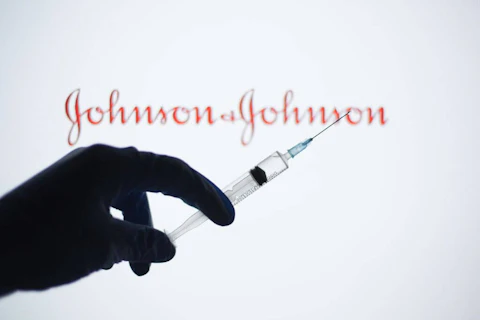Rep. Gil Cisneros wants to see greater transparency around the Paycheck Protection Program and how businesses are approved for the loans.
In June, Cisneros and 35 of his colleagues in the House sent a letter to the Treasury Secretary Steven Mnuchin and the Administrator of the Small Business Administration Jovita Carranza, urging them to disclose information about the PPP distributed to businesses with multiple employees. The members also requested that officials release demographic data for all PPP applications and PPP loan forgiveness applications.
“When PPP first rolled out, many small businesses in the 39th District and across the country were unable to access a loan. It’s troubling to read reports that banks were prioritizing applications from large corporations,” Cisneros said in a statement. “This is exactly why we need immediate disclosure and transparency of the PPP. The American people deserve to know where taxpayer-funded coronavirus aid is going and that small business loans are going to who they’re meant for, small businesses.”
Robert Wright, the general manager of Aarco Plastics in Fullerton, California, represents one of those businesses that struggled to get funding through the federal programs available.
“I applied [for funding] through the SBA the first day it was offered online and never heard anything back. I applied through Chase Bank the first day they offered it and was sent a link that said I could not apply online and needed to wait for them to call me, they never did call me,” he said in an interview.
“After hearing that the program had run out of money I was pretty upset, especially when I started hearing from fellow small businesses that they also got nothing but large corporations received millions. I contacted Representative Cisneros office to express my disappointment.”
Cisneros and other representatives in the House have been working to help their constituents in situations like this one.
“I have been in business for over 35 years and never seen a drop in sales so sudden. April was the worst month for us, and May was barely any better,” Wright said.
“While the PPP loan will not make up for the loss, it was one of the few bright spots in an otherwise dismal time for our company. It also allowed us to bring back one employee that we couldn’t have otherwise,” Wright said.
After reaching out to Cisneros’ office for help Wright received $5,000 from the PPP.
“For small companies like mine the loss of a well trained long time employee can be devastating, I am thankful that we were able to keep paying our most important employee even when there was no work for him. This is important for the future of our company,” he said.
In mid-June, Secretary Mnuchin announced that the Trump Administration would not release the names of businesses and the details of loans distributed through the PPP even though there has been a bicameral effort to provide more transparency into the program. Mnuchin announced on June 15 that he will discuss increasing transparency in the PPP with other officials.
“I will be having discussions with the Senate @SmallBizCmte and others on a bipartisan basis to strike the appropriate balance for proper oversight of #ppploans and appropriate protection of small business information,” he tweeted.
In the letter, the members of the House requests the disclosure of all PPP loans distributed to businesses with multiple employees, not just loans that fall above a specific threshold.
“As has been widely reported, the ‘first come, first served’ approach prevented many of these businesses from receiving assistance from the first tranche of PPP funding, and many lenders have not collected the demographic data that would allow the SBA, Congress, and the public to determine the effectiveness of the PPP in serving these markets,” the members wrote in their letter. “The SBA should immediately act to require the collection of demographic data on the PPP loan forgiveness application as well as in all new PPP loan applications.”
According to Cisneros’ office, disclosing only loans above $2 million for instance, as stipulated in the TRUTH Act, captures just 0.6% of loans and 21% of total PPP funds.
Since the PPP began in April there have been reports of certain businesses receiving preferential treatment from banks making it easier for bigger businesses to have streamlined access to funds. All of this is while a recent study from the National Bureau of Economic Research shows minority owned businesses feel the impact of COVID-19 at a disproportionate rate. The number of Black business owners dropped by 41% and the number of Latinx business owners dropped by 32% compared to a 22% decrease in all active small businesses across the country.




